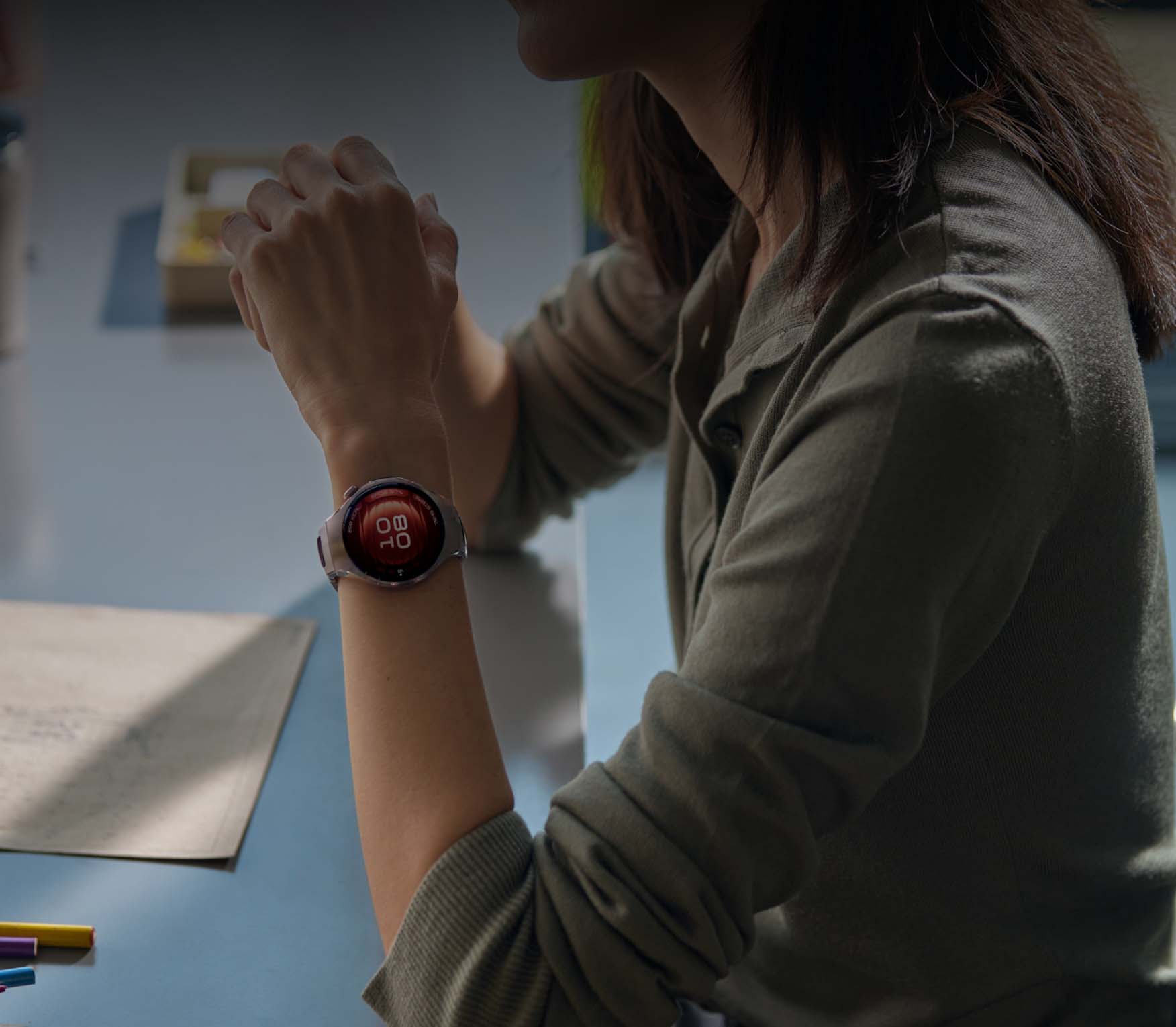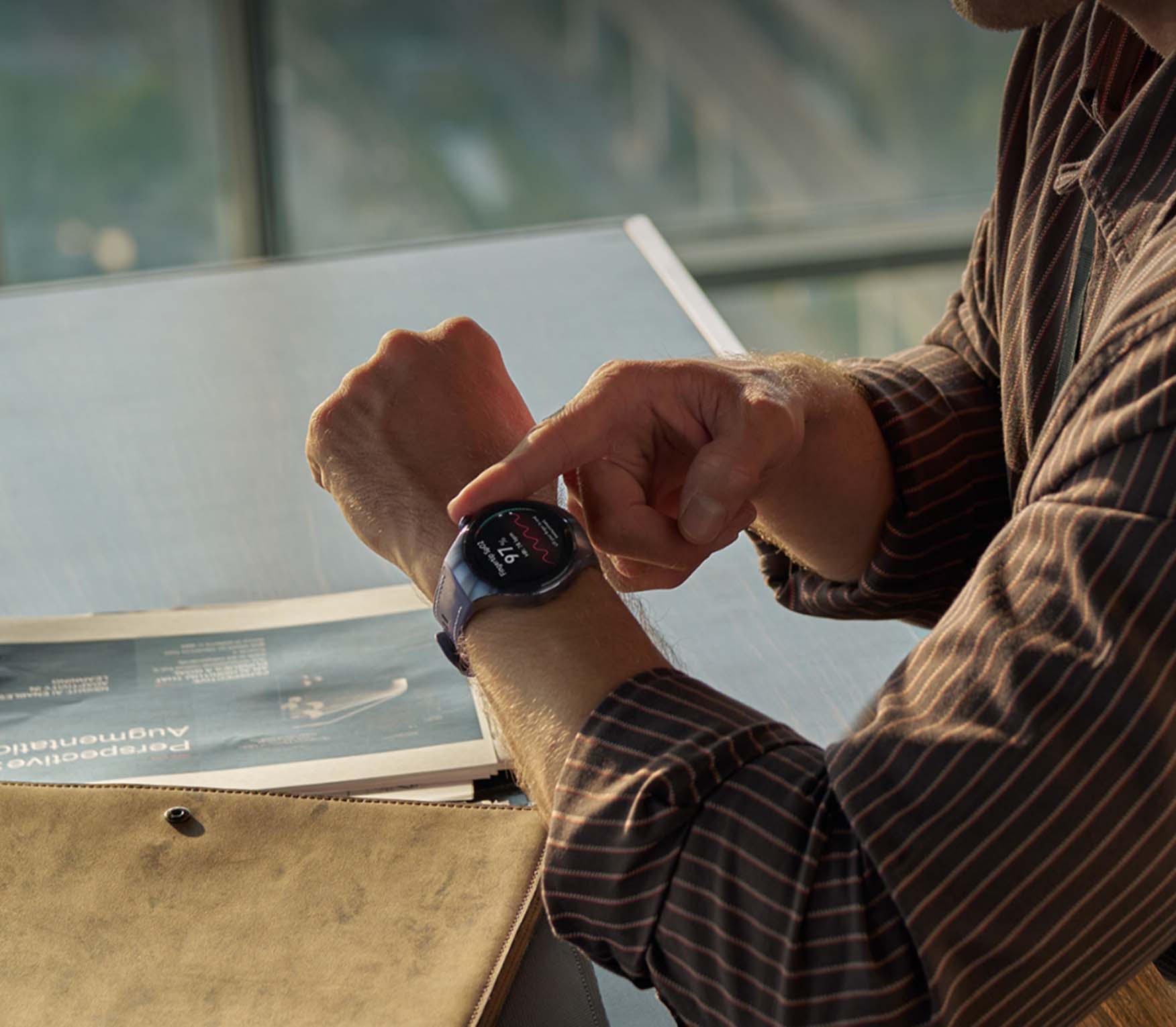The Invisible Health Butler of the Busy Academic - HUAWEI WATCH 5
Written by Christopher James
The Invisible Health Butler of the Busy Academic - HUAWEI WATCH 5
6 min readPublished on 12/09/2025 09:05

01.Introduction
02.How Smartwatches Can Help Manage our Stress?
03.X-Tap: A Quick Health Scan for Busy Schedules
01
Introduction
This juggling of activities though is not without the ever-present stress, stress that if left unmanaged can ruin your life completely. Stress to do with deadlines to meet, texts to deliver, presentations to give and even just the stress of trying to balance this complex day job with a healthy home-life – I am sure that many can identify with this ever-present stress, academics or otherwise!
As a biomedical engineer, and one interested in the monitoring of behaviour at that, I am quite familiar with wearable technologies and the health benefits they can bring, having researched this area even before this use of technology became so widespread [1]. The HUAWEI WATCH 5 is the latest in the line of smartwatches produced by HUAWEI and the technology embedded in this watch – coupled with the smart signal processing is quite the gamechanger!
I have also spoken, in a previous article [2], about how the use of this wearable technology is part of the wider picture where - as a population - we are living longer, and as such we are now into managing our wellness - as opposed to dealing with our illness. Wearable technologies, like the HUAWEI WATCH 5, allow us to integrate technology that can help us manage our wellness as part of our day-to-day lives.
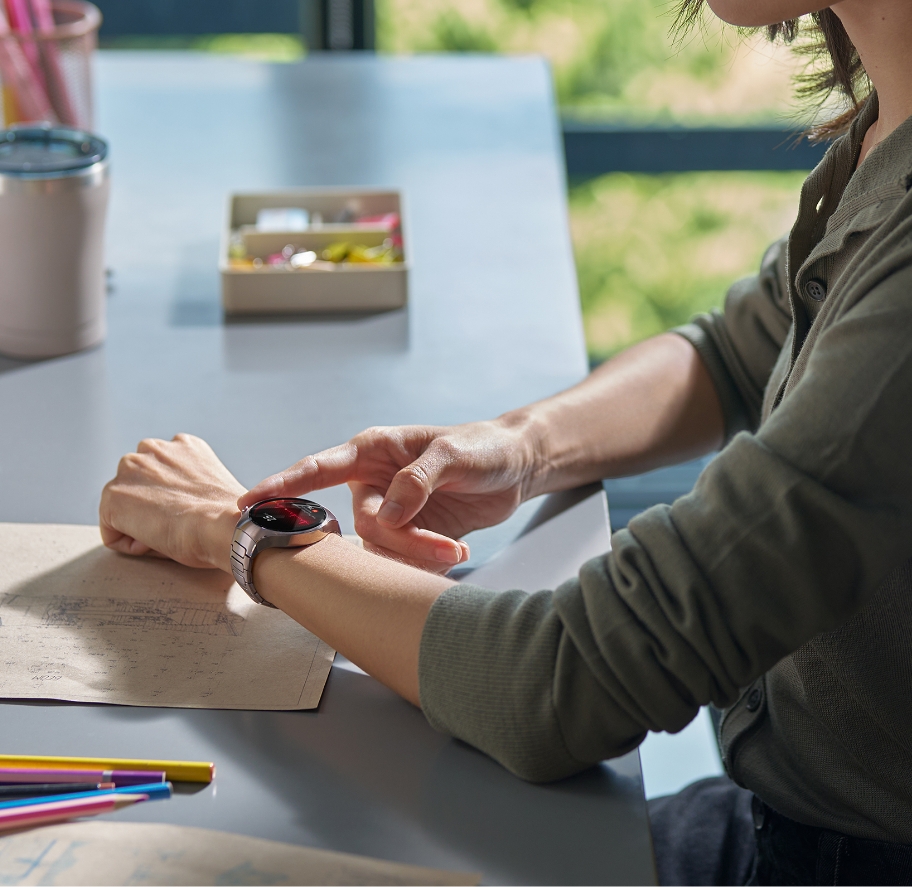
HUAWEI WATCH GT 5
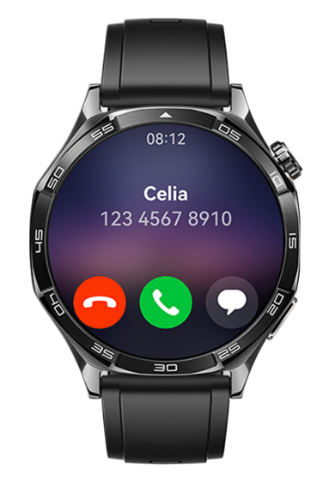
HUAWEI WATCH 4
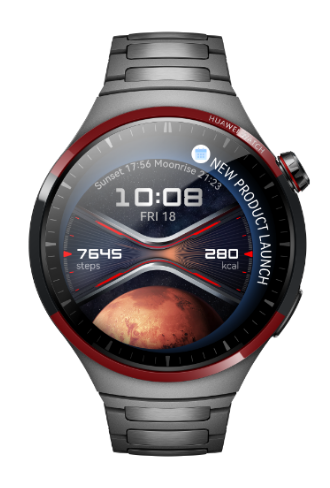
HUAWEI WATCH 5
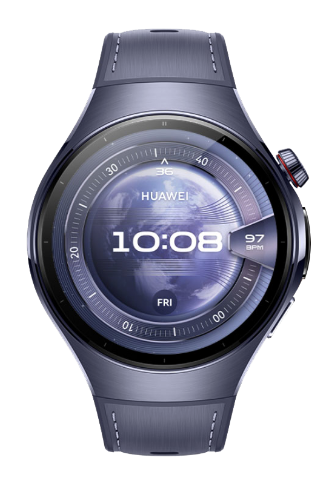
Figure 1: From left to right: the HUAWEI WATCH GT 5, the HUAWEI WATCH 4, and the HUAWEI WATCH 5 — showcasing the evolution in design and interface across three generations of HUAWEI smartwatches.

"Having a snapshot of your health-status, even if just an insight into those measures that are affected by stress the most, is a great way to keep on top of stress and make those small corrections that reap massive rewards down the line."
02
How Smartwatches Can Help Manage our Stress?
There are various symptoms of stress, from physical, to emotional and even behavioral. Each of which can be measured to a certain extent. One of the best ways to get an indicator of stress is to measure how our heart rate changes of time – the so-called Heart Rate Variability (HRV) [3]. This is because HRV provides an insight into the state of our autonomic nervous system, the system that tries to keep our bodies in check – irrespective of what is going on around us, or what we are currently doing [4]. Generally, a higher HRV means lower stress levels, and low HRV signals more stress. This can fluctuate depending on the situation you are in. The only caveat here is that what is “high” and “low” HRV are different for each individual, and one needs to obtain a base-line figure for a person before quoting HRV as “high” or “low”.
This is where the HUAWEI WATCH 5 comes into its own, with its new Multi-Sensing X-Tap technology and the associated Health Glance, you are able to generate a report within 60s that incorporates average heart rate, HRV, SpO2 (the amount of oxygen in your blood) skin temperature and – most importantly for this article – stress level.
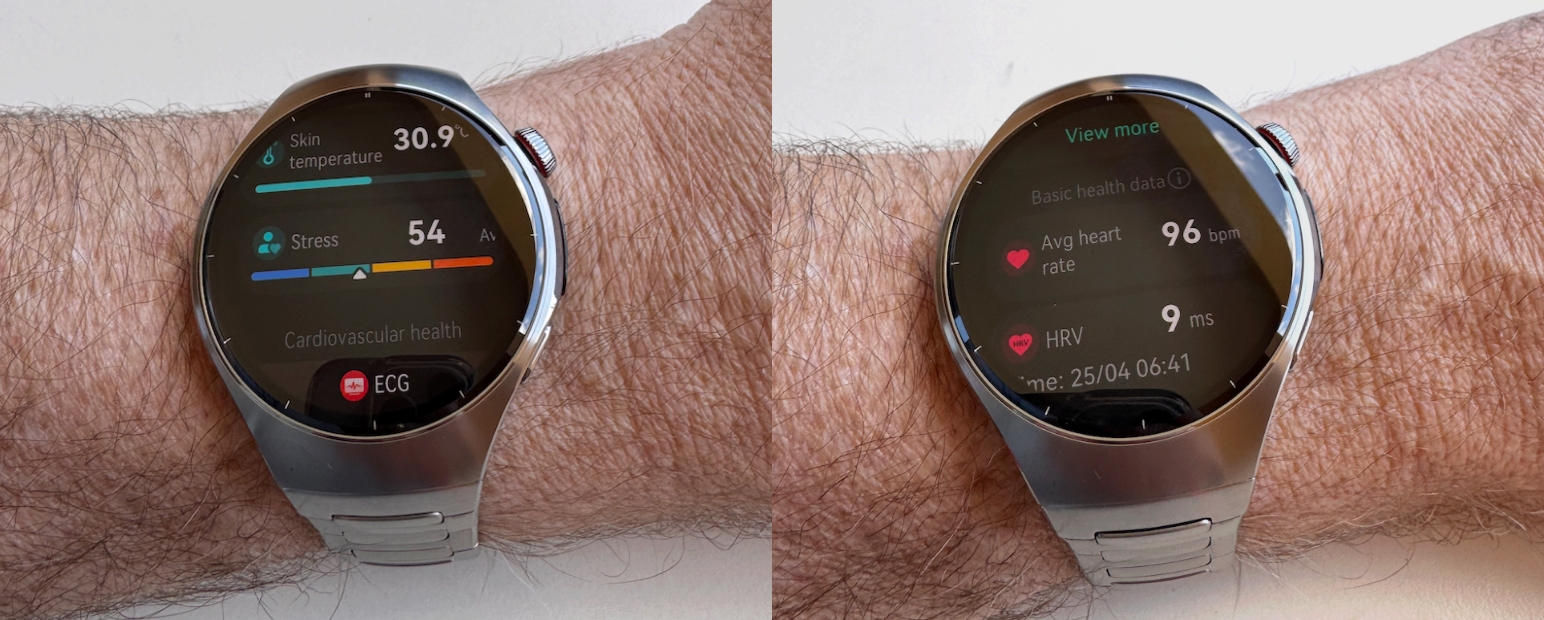
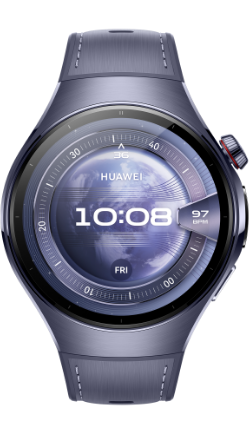
Aerospace-grade titanium / Luxury 904L stainless steel
Multi-sensing X-TAP Technology
One-tap Health Glance
eSIM Cellular Calling
03
X-Tap: A Quick Health Scan for Busy Schedules
The X-tap sensor at the side of the watch, where you simply place your finger gently incorporates electrodes to measure ECG, sensors to measure SpO2 and also incorporates a pressure sensor – amongst other things this can be used to make sure the readings obtained are as good as can be. As for why use a separate set of sensors on the side as opposed to the “usual” ones on the back of the watch that sense measures from your wrist, the answer is that the fingertip provides the best surface to measure the measures above. In actual fact the HUAWEI WATCH 5 still has the sensors on the back of the watch, the X-tap sensor just provides a way to get to get an accurate 60-second Health Glance, to go along with the usual measures obtained throughout the day. Fingertip sensors enable the capture of more information from pulse wave signals, due to small arterial blood flow, as opposed to the wrist. Wrist sensors, on the other hand, enable 24/7 background-style continuous monitoring. The combination of the fingertip and wrist sensor on the HUAWEI WATCH 5 allows higher accuracy in measuring certain health metrics, which is great when you are looking at a myriad of health data.
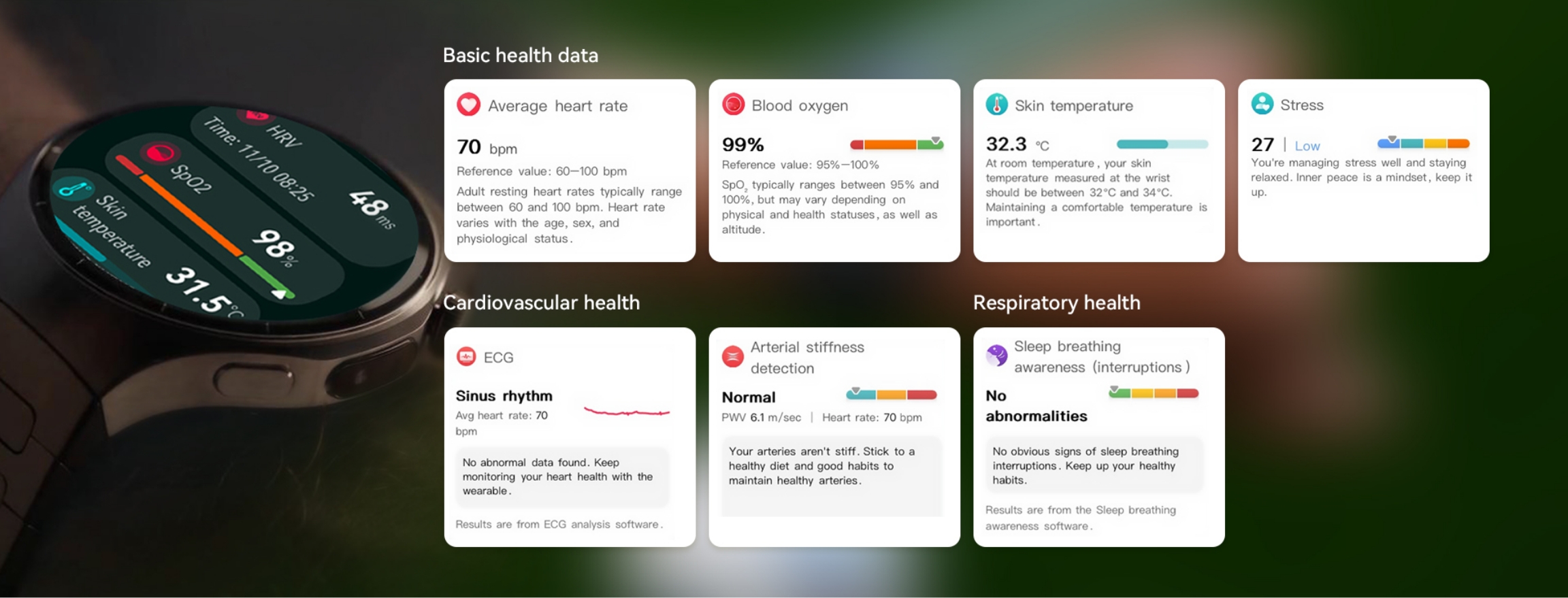
Conclusion
Overall, the HUAWEI WATCH 5 is a fantastic step forward in the genre of smartwatches – most especially in smartwatches used for managing your own health and well-being. The X-Tap sensor gives a high-fidelity snapshot of various health parameters, which spontaneously integrates the many disparate health and well-being sensor readings into observations about trends in one’s health trajectory, together this makes the HUAWEI WATCH 5 one of the smartest health wearables out there. From my own personal perspective, this device is also a device with a more personal meaning, one that can help me balance my work-life interactions and keep a handle on the very stress I was talking about when I started this article.
The author of this article is Prof. Christopher James. The views expressed are his own.
The information is to be used as general information only, and is not to be taken as advice with respect to any individual situation and cannot be relied upon as such. A healthcare provider should be consulted when attempting to diagnose a condition or when determining the best course of action for any health-related concern.
The X-Tap, arterial stiffness detection, stress, skin temperature, heart rate, heart rate variability, sleep tracking, SpO2 features are not a medical device, and therefore its monitoring data and results are for reference only and should not be used as a basis for medical diagnosis or treatment.

Christopher James
Report
Read more
Explore
Copied



